Imagine this scenario. You’re out for a picnic date in the park that just isn’t going well. You just aren’t connecting on anything, and those awkward silences are becoming increasingly common. You think to yourself “God this person just isn’t exciting, and I think I’m going to tell them I want to go home.” Suddenly, you hear some rustling and chirping in the bushes followed by a call that sound like someone saying “chi-CA-go.” Being an avid ornithologist, you instantly get excited as a striking bird with a funky little feather knot on its head steps out of the bushes, surrounded by a gaggle of little fluffballs all chirping and looking for food. You smile to yourself. Now you’ll finally have something to talk about with your date, for it’s none other than the incredible California Quail.
IDENTIFICATION: What is a California Quail?
The California Quail (Callipepla californica) is a type of new world quail belonging to the order Galliformes and the family Odontophoridae. This small, plump ball of feathers is easily identified by its little feather or topknot that sits on its head which is actually made up of a collection of six overlapping feathers and may have a purpose in mating (All About Birds).

The California quail is a plump and round gamebird that typically reminds people of a small forest chicken. This bird is about half the size of a ring-necked pheasant putting its average length at 24-27cm and its weight between 140 and 230g so you can think of it being between the size of a robin and a crow (All About Birds).
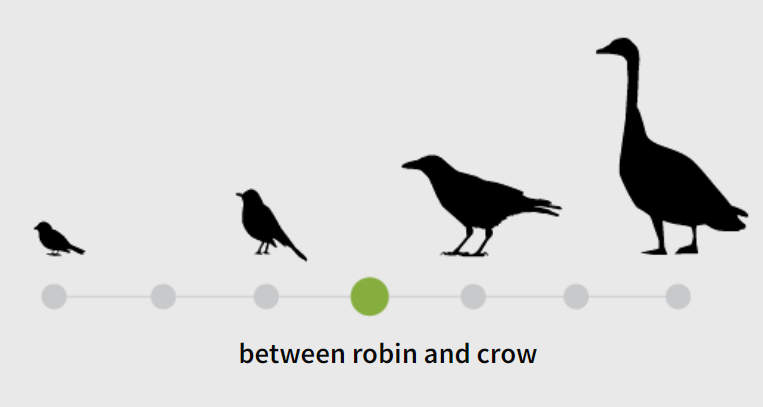
The California Quail is characterized by having quite a short neck in addition to having round and short wings which are excellent for fast takeoff. These quails are characterized by having their famous topknot and additionally have a striking scaled pattern on their belly (Audubon).
If you want to identify the sex of a quail, all you must do is look at the face and belly patches. These sexes are dimorphic, meaning that the males and females have distinct plumage (AnimalDiversit, Gee, 2006 ). Male quails have a distinct black face with fine black and white markings on their neck and a chestnut belly patch on their scaled black and white belly. Females on the other hand lack the distinct dark male head markings and typically have duller and browner colors. Young quails look like females but have shorter topknots (All About Birds).
Listen for its distinct “chi-ca-go” call when you’re out on your next walk among bushy areas.
There are seven recognized subspecies of California quail that occur in California and the northwest (Cabrera-Huerta, et al. 2022). California quails usually live 2-4 years, but the oldest known California Quail was almost 7 years old (All About Birds)!
HABITAT AND NESTING: WHERE CAN YOU FIND THEM?
California Quails can be found in oak woodlands, forests, sagebrush, and general shrubby areas of western North America, from California to Vancouver Island. Originally, California Quails were exclusively native to the southwest United States however they have been introduced to other areas such as British Columbia(Wikipedia).

California Quails are year-round residents of their habitat and do not undergo migrations. You may also stumble across them in city parks or suburban gardens as they are semi-tolerable to people (All About Birds).
These little birds love building their nests in hidden spots such as at the base of trees, inside bushes or tall grasses, or even in the nest of another bird (Audubon)! Their nests are typically shallow depressions lined with stems and grasses and hidden from the watchful eyes of predators.
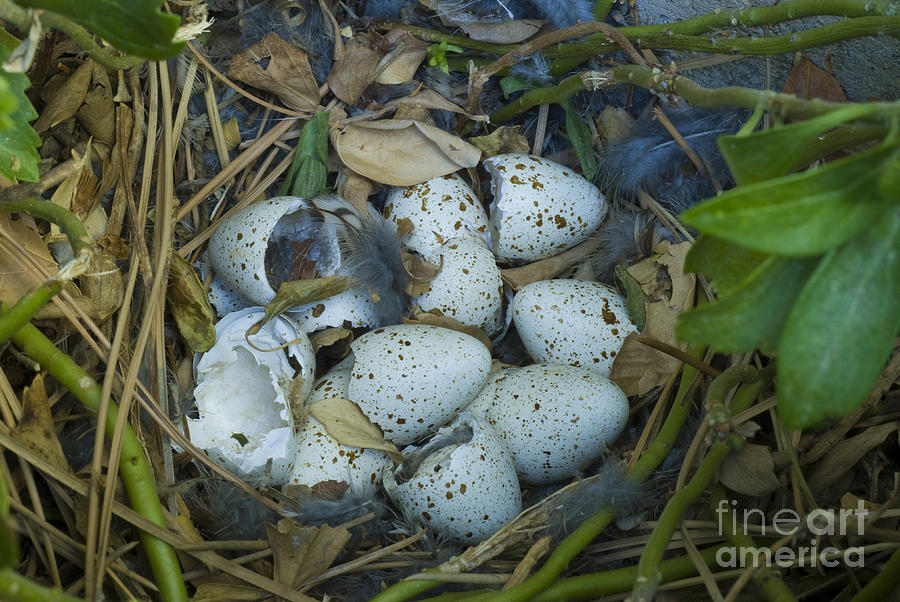
REPRODUCTION: HOW NEW QUAILS COME TO BE
California Quails are thought to be serially monogamous, which means that their bond to their mate only lasts one breeding season (Animalia) although, there is evidence that some birds will re-mate (Edgewood). Quails may be social animals during the fall and early spring, but when summer rolls around they get highly territorial and aggressive. Courtship displays include puffing up contour feathers, head dips, and spreading of tail feathers (NZ Birds). Females lay eggs typically in late April to early July and lay around 10-17eggs, although some nests have been found with up to 28 eggs. This is known as egg dumping and increases the chances of at least some baby quails surviving to adulthood(All About Birds). Females lay about 3 eggs every 4 days for this period and incubation only starts after all the eggs have been laid. The eggs are creamy-white with golden-brown speckles and look like pointed ovals. They typically measure 1.25 inches by 1.0 inches (AnimalDiversity).
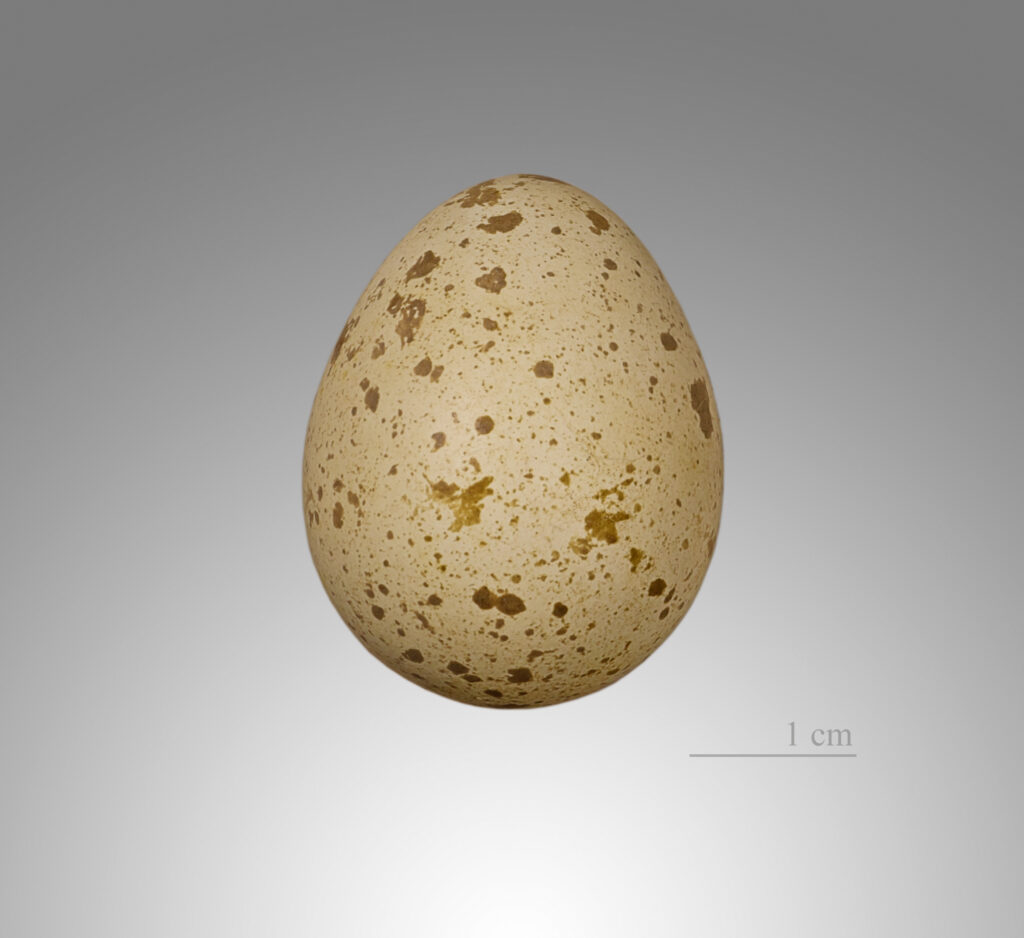
The incubation period lasts 18-23 days and is entirely done by the female! The male quail just stands as a sentinel while the female incubates(Edgewood). Talk about not splitting the chores evenly.
Some females even lay eggs in the same nest as another quail, and some California Quail broods may mix after hatching and get raised by all the parents! Quail broods raised this way tend to have significantly higher survival rates (All About Birds). The embryo of a California Quail has 43 normal stages of development (Perry et al. 2022)!
Baby quails hatch with their eyes open, covered with down, and typically leave the nest within 1-2 days. These little babies then follow their parents and learn how to find food, however for the first two weeks, these little quails are unable to thermoregulate and the adult quail will gather the babies under them and fluff their feathers to keep them warm during the night and early mornings (AnimalDiversity).
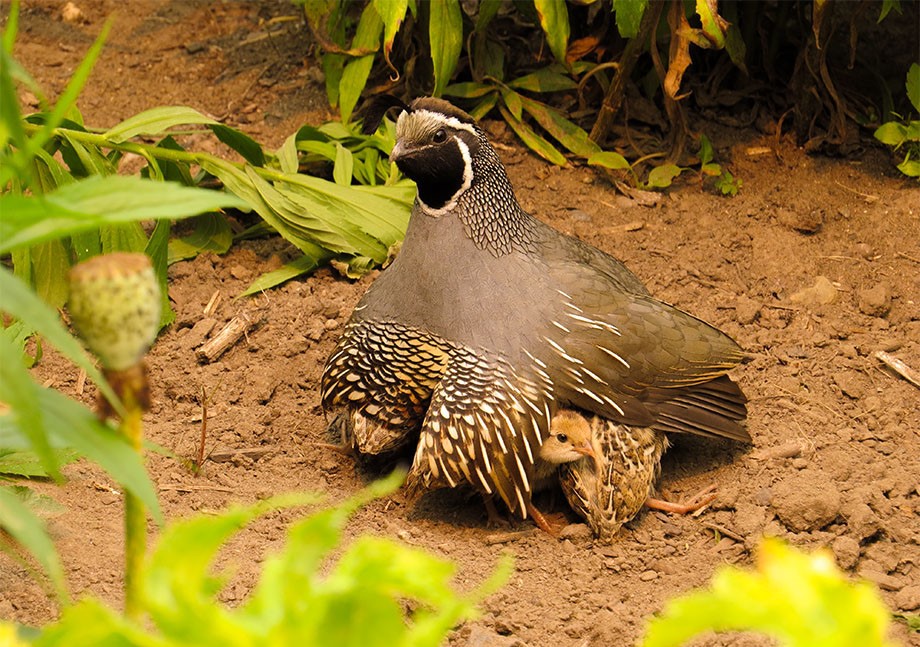
Baby quails can even start flying as early as 10 days out of the nest and will stay with their parents for around 30 days.
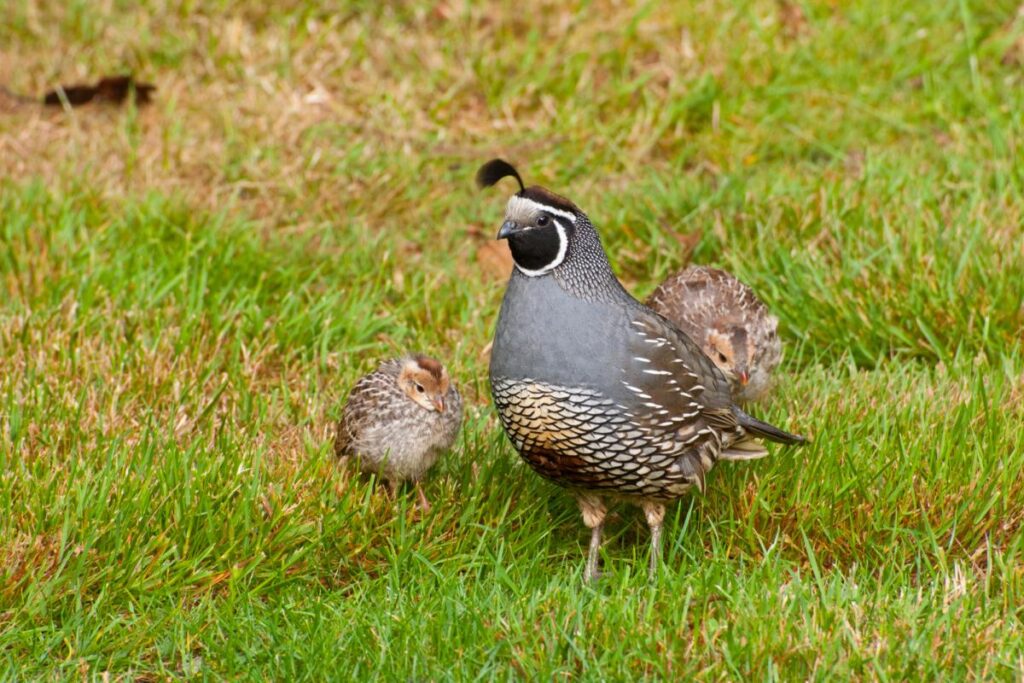
BEHAVIOR AND DIET: WHAT DO QUAILS DO?
You’ve probably seen California Quail before, scratching at the ground in search of food or maybe you’ve seen them running as fast as they can on blurred legs. Maybe you’ve startled one and watched its explosive fast flight as they fly to cover. All of these are common behaviors that are frequently seen in these quails. California Quail are quite social animals, often forming flocks called coveys, which typically form in the fall and usually range from 25-40 birds although coveys that exceed 1000 birds have been reported (All About Birds).

A common quail communal activity consists of a refreshing dust bath. Using their underbellies, they burrow down into the soft ground and then wiggle around in the indentation they’ve made, flapping their wings and ruffling their feathers, causing dust to fly into the air. It’s thought that this is done as maintenance behavior and you can detect the presence of quail in the area by spotting these circular indentations that are left behind in the dirt (Animalia).
California Quails are omnivores, generally eating leaves, grains, seeds, flowers, and an assortment of insects. They typically feed twice a day in the non-breeding season, once in the morning and once in the late afternoon (AnimalDiversity). Feeding techniques include jumping for flowers, scratching for seeds, and pecking at the ground (Audubon).
These quails have efficient digestive systems and can digest vegetation with the help of certain protozoans in its intestine. Baby quail chicks are not born with these protozoans and instead acquire them by pecking at the feces of the adult quails. These quails can thrive in arid environments and are quite hardy to droughts as they can get by with little water for a significant amount of time. They can acquire their moisture from insects and succulent vegetation which makes them less dependent on having a super stable water source (All About Birds).
CONSERVATION: ARE QUAILS AT RISK?
According to the Partners in Flight Avian Conservation Assessment Database, there are 5.8 million California Quails worldwide, and they have increased by 0.8% between 1996 and 2019 according to the North American Breeding Bird Survey. The California Quail is ranked as “Least Concern” on the IUCN Red List of Threatened Species and is ranked 7/20 on the Continental Concern Score.
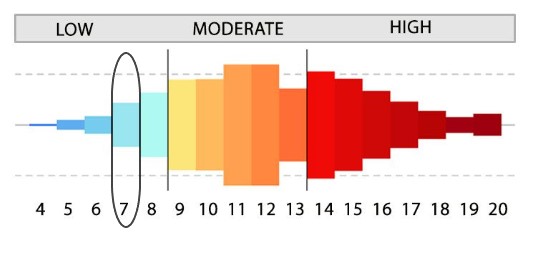
However, despite the fact that quails seem to be thriving, they still face challenges from pesticide use and deforestation, which makes them more exposed to predators (Animalia, Wilson et al., 2001) Additionally, up to 1.2 million California Quails are killed every year due to game hunting but the quail population seems relatively unhurt and unconcerned (All About Birds). While these birds adapt well to urbanization, there’s always a limit and their presence in heavily urbanized cities is decreasing (Iknayan et al., 2022). Once plentiful in San Francisco, there is now only one California Quail that remains in the city (Wikipedia). They are also suseptible to pesticide use (. A sad lonely story indeed.
RECENT RESEARCH ON CALIFORNIA QUAILS
A common thought regarding urban parks is just how nice it is to have a pocket of nature and how wildlife must flourish in these little worlds however, urban areas are known to have a negative impact on biodiversity. While urban parks may be beneficial to human productivity and well-being, certain factors need to be considered when assessing urban parks for the viability of wildlife. Researchers in California have used the California Quail as an ideal candidate for assessing the variation in an urban park or area’s ability to support wildlife. as they’ve noted that these birds are able to adapt and persist in some urban environments. Understanding the factors that impact the ability of a species to persist is crucial to identifying management strategies for restoring wildlife to parks or damaged areas. After all, introducing a species into a damaged or modified habitat isn’t as simple as just placing them there and hoping for the best (Iknayan et al., 2022).
California Quails were of interest to the researchers as they noted that these birds are able to adapt and persist in some urban environments. Quails are known to be susceptible to habitat fragmentation, with the example of them being almost entirely lost from their native habitat remnants in San Fransisco or urban San Diego. The researchers assessed the characteristics of urban parks around California which include habitat fragmentation, habitat quality, and mortality using both single-season and multi-season models to gather the full picture (2022).
It was discovered that these three characteristics had a humungous impact on California Quail. Larger parks, less isolated parks, and increased levels of shrub cover were directly and positively related to quail occupancy. It was also found that increased wetland presence and decreased levels of impervious surfaces were found to have a positive correlation with these quails. However, it was found that the quails had extinction probabilities higher than their occupancy probability, which means that over time quails will be lost from these parks as urbanization progresses.
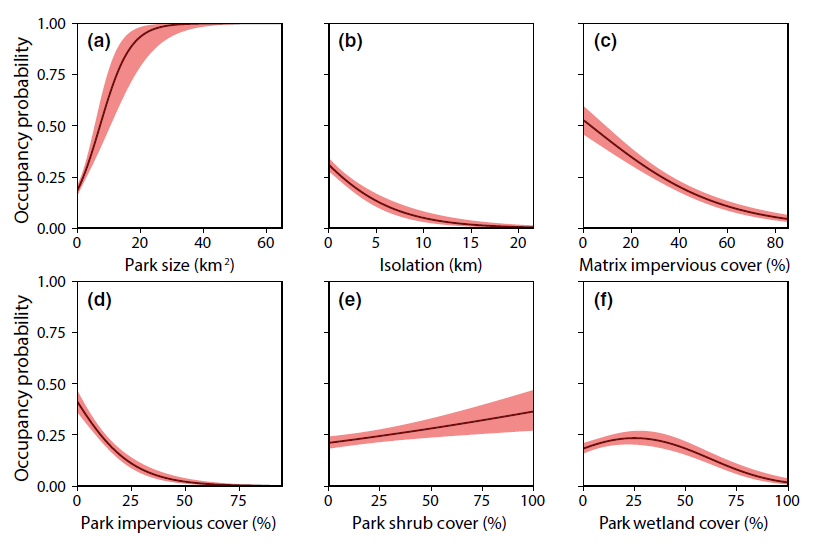
It seems that these quails use these parks as stepping stone habitats as they search for a better habitat. This showed that natural colonization of urban parks by quail was probably pretty unlikely. Additionally, the extinction coefficients showed that reintroduction, recolonization, or rescuing attempts of California Quail populations into urban parks would be unsuccessful (2022).
Despite the prediction that California Quail will be lost from urban parks over time, the introduction of California Quail as a gamebird to places such as Germany or Australia has been highly successful. This study highlights how park managers should do everything possible to increase the park’s effective size. It does not necessarily say to increase the overall park area s this may be complicated, but improving habitat quality such as increases in shrub cover and removal of impervious surfaces will benefit not only California Quail but other avian species (2022).
LITERATURE CITED
All About Birds. Accessed Oct. 23, 2022. https://www.allaboutbirds.org
Animal Diversity. Accessed Oct. 23, 2022. https://animaldiversity.org
Animalia. Accessed Oct. 22, 2022. https://animalia.bio
Audubon. Accessed Oct. 23, 2022. https://www.audubon.org
Edgewood. Accessed Oct. 22. https://friendsofedgewood.org
IUCN Red List. Accessed Oct. 20, 2022. https://www.iucnredlist.org
New Zealand Birds Online. Accessed Oct. 25, 2022. https://nzbirdsonline.org
North American Breeding Bird Survey. Accessed Oct. 20, 2022. https://www.pwrc.usgs.gov
Partners in Flight Databases. Accessed Oct. 20, 2022. https://pif.birdconservancy.org
State of the Birds. Accessed Oct. 20, 2022. https://www.stateofthebirds.org
The Spruce. Accessed Oct. 23, 2022. https://www.thespruce.com
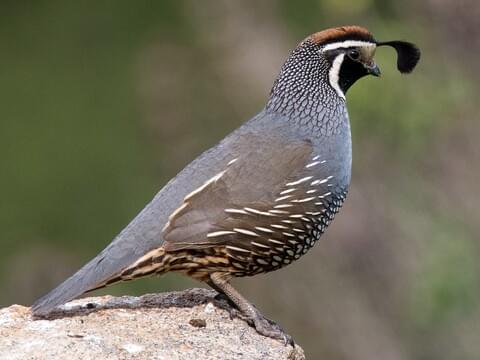

Incredible, what a handsome bird. Is it known what aspects of their physiology allow for tolerance of arid environments? ie: any special adaptations for reduced water loss etc. Sounds like they would do well on Arrakis.
Hi Sam. I’m glad you also find these birds as fascinating as I do. They do have some physiological adaptations to tolerate arid environments. These quails can survive without a water source for quite a long time by getting almost all the moisture they need from consuming bugs or plants. Of course, they can’t survive on this forever without a water source, but they can usually survive long enough for the next rain to come or until they find a new water source. They also have some behavioral adaptations such as only forging during the early morning and evening to avoid the heat of the day. As to if they can survive on Arrakis, that entirely depends on their ability to sandwalk on the dunes.
I now love California Quails
Im so glad you love California Quails now.
Love me some quails
Hi Liam, great post! It’s interesting that both sexes of the quail have the top-knots, I imagine the larger one on the male would suggest it’s possible involvement in breeding as mentioned, but did you find any guess as to why it may persist on the females and juveniles?
I’m glad you find it so interesting. So it’s actually not known why the females have the topknots, but a number of different reasons have been proposed. There has been some research that involved shortening the length of topknots in the Gambels Quail (which is a similarly related species to the California Quail), and it found that it reduced their social status and reduced reproductive success. It’s also thought that the topknot may have a purpose of intimidation, where threatened quails or quails displaying dominance will display their topknots. Its been proposed that the female keeps the presence of the topknot as a way to attract males however I couldn’t find any research on this.
Hope this helps!